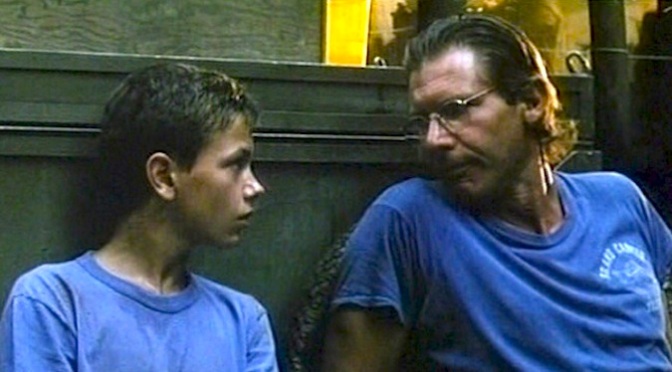 I am admittedly predisposed to movies like The Northman — bloody, epic revenge tales with a strange angle, a hyper-specific period setting, or both. I’m also a huge fan of The Lighthouse, the previous film from writer/director Robert Eggers, one of the most unique American films of the 21st century. So the hype level for this flick was more or less at carrying capacity at this week’s screening, and Eggers and Co. did not disappoint. Starring Alexander Skarsgård as the vengeance-bent Viking prince Amleth, The Northman has Eggers’s blend of folklore and historical fidelity all wrapped up in a potent, ferocious epic. It’s not quite a perfect film, but it has some of the most stunning storytelling you’ll see onscreen this year.
I am admittedly predisposed to movies like The Northman — bloody, epic revenge tales with a strange angle, a hyper-specific period setting, or both. I’m also a huge fan of The Lighthouse, the previous film from writer/director Robert Eggers, one of the most unique American films of the 21st century. So the hype level for this flick was more or less at carrying capacity at this week’s screening, and Eggers and Co. did not disappoint. Starring Alexander Skarsgård as the vengeance-bent Viking prince Amleth, The Northman has Eggers’s blend of folklore and historical fidelity all wrapped up in a potent, ferocious epic. It’s not quite a perfect film, but it has some of the most stunning storytelling you’ll see onscreen this year.
Much has already been written on Skarsgård’s insane transformation into Amleth, a beastly and primal performance that puts the mere term macho to shame. Of course it’s far deeper than machismo, and Skarsgård imbues Amleth with a vulnerability that makes the character — and thereby the picture — really work. He’s doing everything Leonardo DiCaprio did as Hugh Glass in The Revenant, but unlike Glass, Amleth’s character is wholly defined by his relationships with others. His bond with his father and mother (Ethan Hawke and Nicole Kidman) and his hatred for his uncle Fjölnir (Claes Bang) drive his every action. He’s frequently referred to as a wolf, and we see all sides of that metaphor: the young and uncertain pup, the lone stray seeking a home, the feral creature commanding a pack of other wolves, and finally the wisened alpha. Skarsgård goes all the way and then some, and Northman couldn’t exist without him.



 One of the most intriguing films of the past year is Dragged Across Concrete, S. Craig Zahler’s violent, hardboiled yarn about two misogynistic and racist cops (Mel Gibson and Vince Vaughn) taking the law into their own hands. The film plays as a far-right (or even alt-right) fantasy, the two white leads lamenting “political correctness” while they harass witnesses and suspects who are exclusively non-white. Even the casting of Gibson and Vaughn is loaded. But Concrete hinges on the question of whether Zahler actually agrees with the mentality of his own film, whether he’s playing a larger game in giving us these exact characters at a time when everything else out of Hollywood is either liberal-minded or four-quadrant neutral. Short of an answer, the question alone makes Concrete into one of 2019’s most provocative films.
One of the most intriguing films of the past year is Dragged Across Concrete, S. Craig Zahler’s violent, hardboiled yarn about two misogynistic and racist cops (Mel Gibson and Vince Vaughn) taking the law into their own hands. The film plays as a far-right (or even alt-right) fantasy, the two white leads lamenting “political correctness” while they harass witnesses and suspects who are exclusively non-white. Even the casting of Gibson and Vaughn is loaded. But Concrete hinges on the question of whether Zahler actually agrees with the mentality of his own film, whether he’s playing a larger game in giving us these exact characters at a time when everything else out of Hollywood is either liberal-minded or four-quadrant neutral. Short of an answer, the question alone makes Concrete into one of 2019’s most provocative films.



